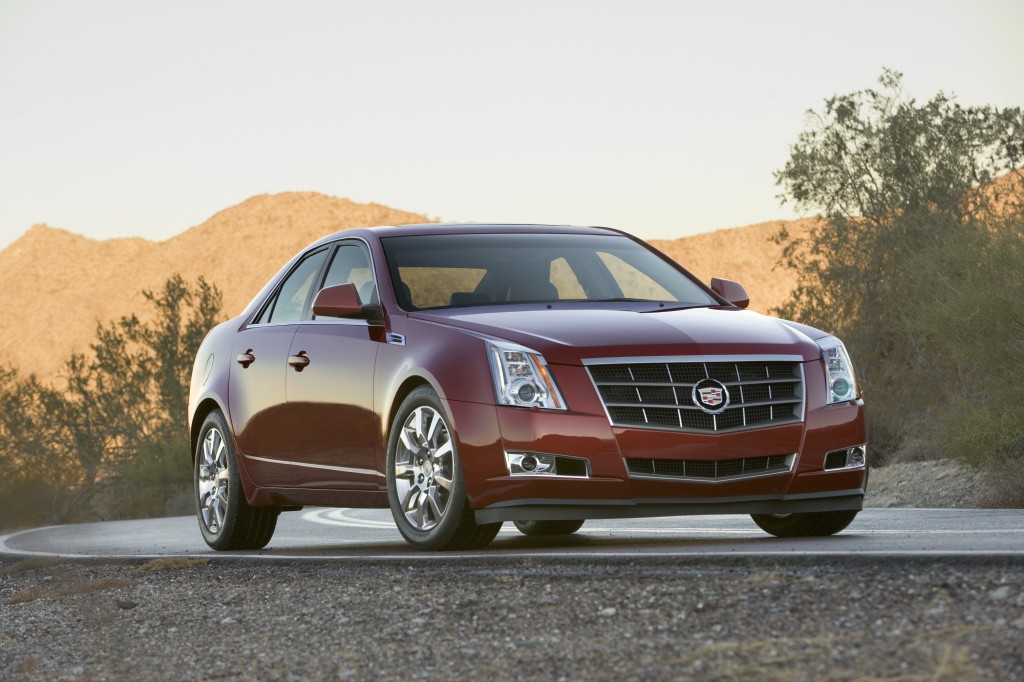I have written about my recommended engines for the Cadillac CTS — I would like to see the LLT DI 3.6L 304hp V6 as the Standard Engine, and the L94 or LS3 403 or 426 hp V8s as the Performance/Premium powerplant.
Let’s put these more in performance specification form.
The Current top non-V CTS Performance Sedan will go 0-60 mph in 6.3-6.5 sec, and corner at 0.87-0.9 g on a 200 ft skidpad. The base CTS sedan with 270 hp V6 is a bit slower and does not corner quite as well; so say 0-60 mph in 7 sec and 0.83-0.85 on a 200 ft skidpad.
I would like to see the current Performance Sedan as the ‘base’ model. The counter-argument is that some people want the fuel economy of the 3L and are not that focused on Performance, so I am willing to compromise on this point.
For a CTS Performance Sedan with sizzling performance in today’s market Cadillac needs to attain 0-60 in under 5.5 sec, and a consistent skidpad result above 0.9g. I believe that the easiest way to get there is to put in one of their current excellent off the shelf V8s, but I would be equally happy with a forced induction V6 that brings the power.
The skidpad / cornering issue is weight. Until the next CTS refresh that seems fixed. What can be altered is adding more rubber.
With the retirement of the STS this year, now would be a good time to bring the MR suspension to the CTS Performance sedan. With the right tires and the right tuning that should keep it over 0.9g on the skidpad.
A true CTS Performance Sedan with 0-60 in under 5.5 sec and that corners at 0.9g would still not match the super car CTS-V performance, but it would be a terrific value and aspirational model at its current price point.


